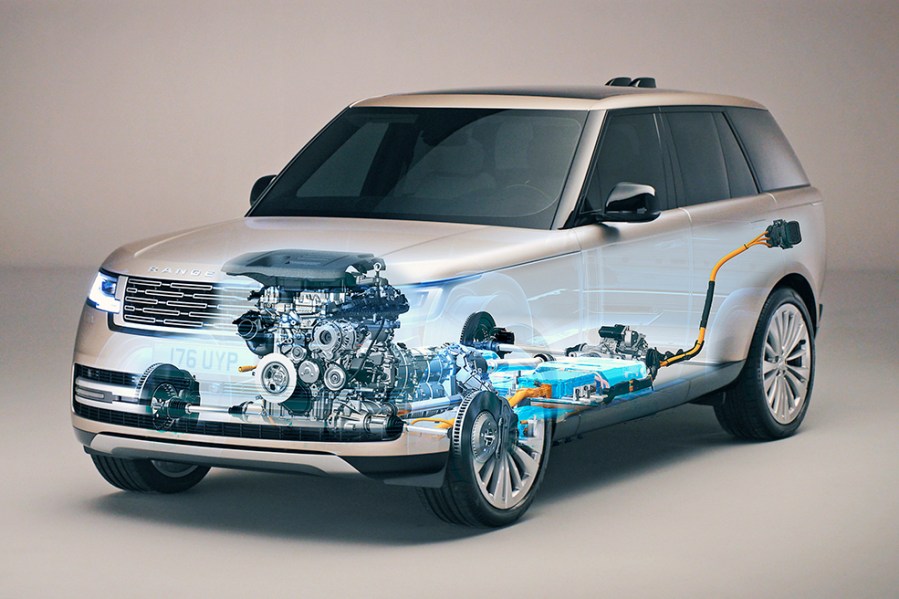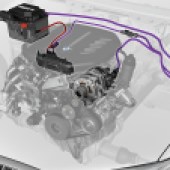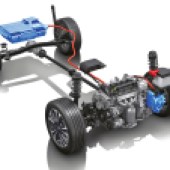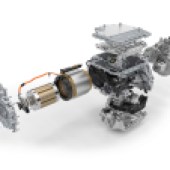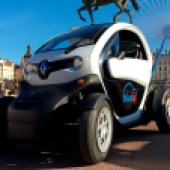The new world of electrified cars can be very confusing. Here’s our complete guide to every kind of hybrid and EV you’re likely to come across
Words: Rob Marshall
Even the most ardent internal combustion engine (ICE) fan cannot deny their inherent downsides. Despite being a compact, potent and flexible source of power, ICEs are immensely wasteful. Around 70% of the energy that is released by the liquid fuel is squandered as heat, although heavy oil (diesel) has a distinct advantage over petrol in this respect. The other issue centres on exhaust gases. Especially this century, the motor industry has battled to square the circle of reducing carbon dioxide emissions, while meeting increasingly stringent anti-pollution laws. Ultimately, it cheated and was caught out.
While ‘diesel-gate’ was the result, developments in petrol technology to cut fuel consumption and CO2 also created more harmful toxins, ironically. Direct injection petrol, for instance, produces over 1,000 times more cancer-causing soot particulates than earlier port-injection designs, meaning that gasoline particulate filters (GPFs) are being introduced on some current models.
While ICEs were reaching their developmental limits, electronics were maturing faster than ever, not just as means to control engine fuelling and ignition functions but also to propel the entire vehicle. Whether electrification gives the ICE a helping hand, or replaces it completely, it presents drive cycle CO2 and localised pollutant advantages. While the motorcar’s history is littered with failed attempts to make a commercially-viable electric car, only relatively recently have they been taken seriously to solve the ICE’s ills.
Many private individuals find Battery Electric Vehicles (BEVs) too expensive but do not cover sufficiently high mileages to make diesel viable, or reliable. Petrol hybrids, therefore, provide a useful stepping-stone. Being aware of the different types available is essential, because a non-technically savvy salesperson is unlikely to be able to furnish you with the correct information.
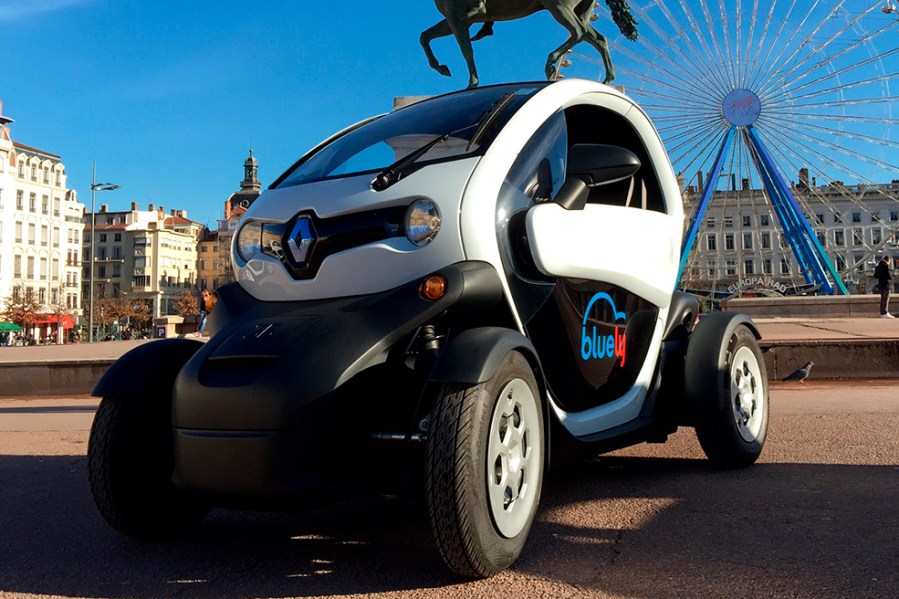
Confusingly, hybrid mechanical layouts that combine ICE and electronic propulsion can differ considerably from each other. Therefore, the current trend of lumping all hybrids together under a single generic term is unhelpful and confusing. However, fixed definitions are a problem, because the rapid technology changes demand that they remain flexible. Therefore, the definitions provided within this feature could be obsolete in several years.
For now, almost hybrids slot into one of two categories. Low voltage hybrids run at under 50 volts and cannot be propelled by electric power alone. High voltage hybrids employ over 50 volts and the car can be propelled solely by the electric motor, with the ICE switched off.
Yet, this year, 48-volt hybrids have been launched that (just about) drive the road wheels with the ICE crankshaft stationary. These models come from the Stellantis brands and include the 1.5-litre Fiat 500X and Tipo Hybrids, Jeep Renegade/Compass e-Hybrids and Alfa Romeo’s Tonale. For now, treat these ‘hybrids of hybrids’ as exceptions.
Low-voltage hybrids explained
Micro-Hybrids appeared over a decade ago and are the most technically-basic hybrids that you can buy. They were developed, mainly, to produce as low a CO2 score as inexpensively as possible for Type Approval and, therefore, car tax/VED purposes.
They possess a ‘Stop-Start’ function, which cuts the ICE and restarts it automatically. Some executions react faster than others and petrol applications tend to work better than diesels in the real world. Many drivers find the system unsafe, as the resultant delay is not helpful, in situations where quick getaways are needed.
Micro-Hybrids may also possess low-voltage energy recovery systems, the most common of which is the ‘smart alternator’. To charge the battery, alternators place a load upon the engine, which saps up to 10% power and increases CO2 and fuel consumption. Smart alternator output is controlled by the engine ECU, so battery voltage is not the only consideration. For instance, under full acceleration, the alternator may produce zero output but maximum drag may be imposed upon the engine (through Front End Auxiliary belt Drive – FEAD) by the alternator, while decelerating, or braking. This, therefore, provides a very basic method of energy recuperation, by recovering at least some of the unwanted motion of the car that would have been shed as heat by the friction brakes, otherwise.
Instead of a smart alternator, certain more advanced and expensive Micro-Hybrids may also feature an alternator with a combined starter motor function. Mounted on the FEAD, these Integrated Starter-Generators provide quicker and smoother engine restarts, as well as assisting the ICE with a degree of torque assistance. Yet, a conventional starter motor may still be fitted to fulfil cold-start requirements, when the engine is harder to turn.
As conventional flooded 12-volt batteries reuse between 5-15% of the energy recovered by the Integrated Starter-Generator, you may find that the car is fitted with a separate lithium-ion battery that should last the lifetime of the car.
Even so, due to the 12-volt architecture, Micro-Hybrids tend not to be recognised by some garages (including HEVRA) as true hybrids, because they do not deliver the same efficiency savings as more sophisticated systems. Be wary of sales and manufacturer hyperbole that indicates otherwise.
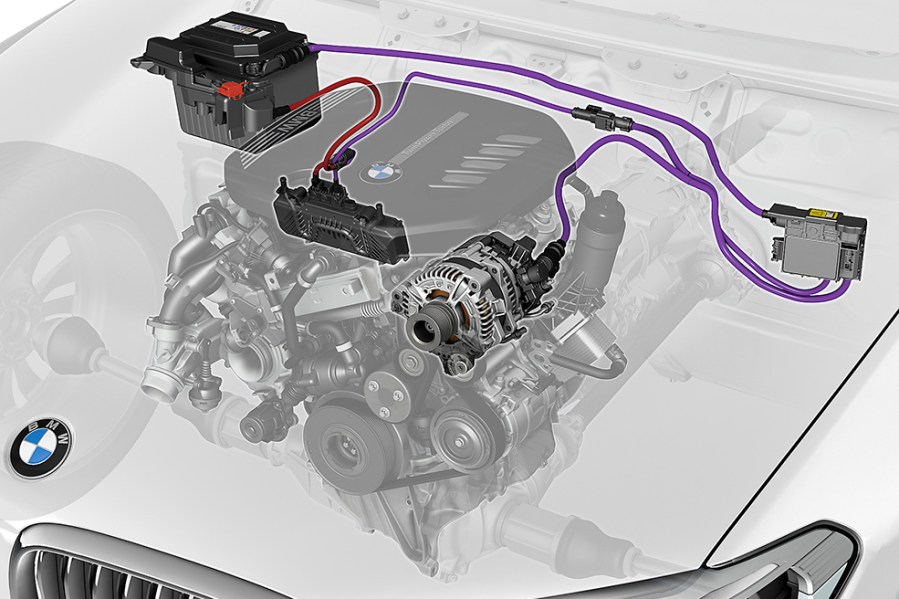
MHEVs provide low-voltage means to assist the engine and provide a degree of energy recuperation. Yet their effectiveness is limited by the 48-volt architecture
Mild-Hybrid Electric Vehicles (MHEV) arrived around five years after Micro-Hybrids and have established themselves as the most popular types of low-voltage hybrid among today’s carmakers. These manufacturers like them, because they offer a quick bolt-on means of enhancing efficiency for existing models, with minimal cost and packaging issues. For owners and DIYers, MHEVs tend to be less complex to maintain and cheaper to buy than high-voltage offerings. The higher voltages involved are also not lethally high enough to require specially-insulated tools and training.
Like the more sophisticated versions of Micro-Hybrids, MHEVs also employ Integrated Starter-Generators but they utilise 48-volts architecture, rather than just 12-volts. Not only does this allow for greater energy recuperation but also superior engine torque assist. The Stop-Start function remains but some models feature a coast function, where the ICE shuts down, while the car moves. The 48-volts system can also supply power-hungry systems that lower voltages cannot, such as an electric supercharger. MHEVs still possess a 12-volt circuit for the rest of the vehicle. While the 12-volt battery will comprise either the Enhanced Flooded Battery (EFB) or (more likely) Absorbent Glass Matt (AGM) technologies, even they cannot handle 48-volts, meaning that a separate lithium-ion battery pack tends to be installed that should last throughout the car’s life.
Almost all 48V MHEVs cannot provide electric-only propulsion. This year, however, Stellantis (formed from the merger of PSA (Peugeot/Citroën/DS) and FCA (Fiat Chrysler Automobiles) has introduced several models with a 48V electric drive motor within the gearbox that will permit very limited EV-only drive.
High-voltage hybrids explained
Hybrid Electric Vehicles (HEV) were the first high-voltage Hybrids that gained commercial acceptance – Toyota’s Prius being the most obvious example. These employ potentially lethal high-voltages and direct currents (DC) to provide sufficient energy for electric-only propulsion. As the term ‘Hybrid’ diversified, these vehicles have adopted the confusing nomenclature, ‘Self Charging Hybrids’, which means that all electrical energy originates from the liquid fuel and no external means of recharging the battery pack is possible. However, HEVs possess a variety of different mechanical layouts, including:
Parallel hybrid – Perhaps the simplest arrangement, where an electric motor is positioned between the ICE and the transmission and both drive two road wheels. The Stellantis 48V MHEVs possess this layout, too.
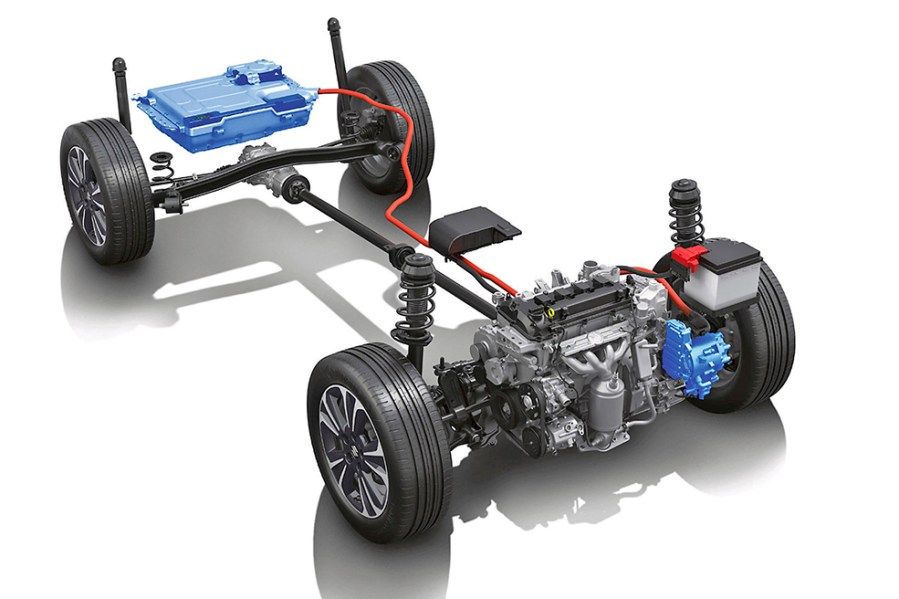
You can find parallel hybrid layouts in both low and high voltage applications. Pictured is a high-voltage hybrid Suzuki Vitara, showing the battery pack and the drive motor, which is integral with the transmission
Series hybrid – The vehicle is driven only by an electric motor but uses an ICE to recharge a battery pack. You may find that these vehicles are called range-extended electric vehicles, or extended-range electric vehicles. Examples include the Vauxhall Ampera/Chevy Volt and BMW i3 Range Extender.
Series-Parallel Hybrid – Despite being the most mechanically complex, this system (referenced as Power Split Hybrids) drive can be electric-only, ICE-only or a blend of both. They employ two electric motor/generators, which also permit battery recharging as the car is driven. The heart of the system is an ingenious epicyclical gear set that manages the different functions. Toyota’s Hybrid Synergy Drive is the most renowned example.
Dual Hybrids – these separate the power sources, so the front axle can be a conventional transverse ICE arrangement, with the rear axle being electric-only. BMW’s i8 and Peugeot’s unusual diesel Hybrid4 systems possess this layout.
Plug-in Hybrid (PHEV) – All of the above high-voltage hybrid definitions can be adapted to accept physical charging, via a separate plug. Yet, the manufacturer has to fit a more costly high-capacity battery pack and provide charging port access, both of which can sacrifice passenger compartment space.
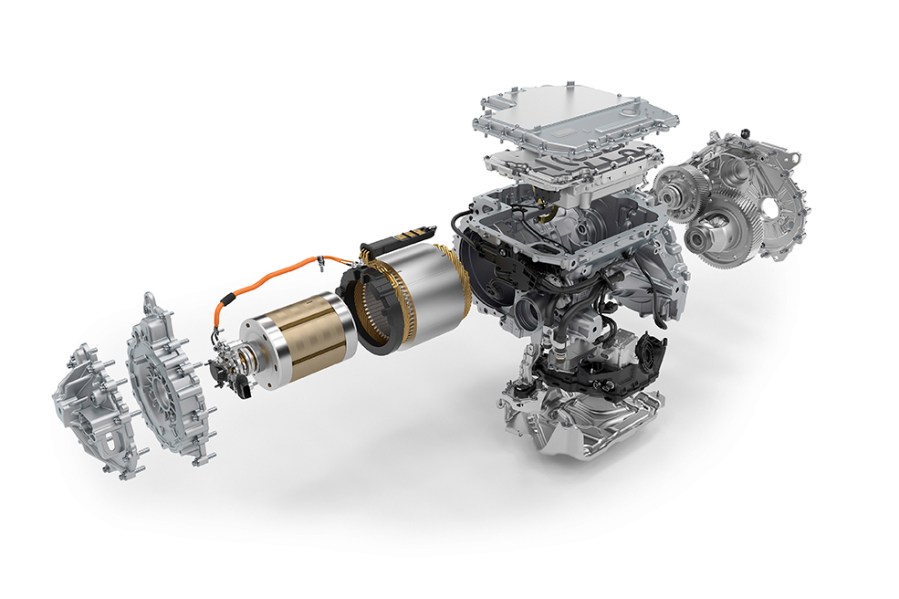
Car manufacturers can use different mechanical layouts that fit within the same Hybrid classifications. For instance, Renault’s E-Tech differs considerably from Toyota’s Hybrid Synergy Drive. While they are both Series-Parallel systems, the French layout combines a 1.6-litre four-cylinder engine with a clutchless dog-clutch transmission, mounted transversely in the Clio hatchback/Captur SUV applications
Zero-Emission Vehicles (ZEVs) explained
The Battery Electric Vehicle (BEV) – ZEVs are exempt from Vehicle Excise Duty (car tax). These high-voltage cars rely solely on battery packs to provide all of their energy requirements. A high-voltage system is for the drivetrain, whereas the ancillaries rely on conventional 12-volt electrics.
Fuel Cell Electric Vehicle (FCEV) – As running hydrogen through an ICE is relatively inefficient, a fuel cell converts the fuel into electricity to drive the electric motor, or recharges a battery pack, releasing only water. They also possess efficiency technologies, including regenerative braking. Due mainly to fuelling infrastructure limitations, Toyota’s Mirai and the Hyundai Nexo are the only commercially-available FCEVs available in the UK.
Ultra-Low Emission Vehicles explained
At the time of writing, the UK Government defines ULEVs as those producing fewer than 75g of carbon dioxide per kilometre from the tailpipe. ULEVs that meet Euro VI emissions standards and can cover at least 20 miles by electric propulsion alone are eligible for the 100% cleaner vehicle discount, when entering London’s Congestion Charging Zone. Additionally, no charges are made to access the various Ultra Low Emission Zones throughout the UK.
Electric quadricycles explained
Offering smaller, lighter and cheaper routes into BEV ownership, you may be tempted by quadricycles, from Renault’s Twizy to Citroën’s Ami, the latter of which is expected to cost £6000 new. However, as these vehicles are not classified as ‘cars’, they do not meet the same legislative requirements, including those related to safety and handling. Even so, they may be ideal winter transport for (motor)cyclists riding in urban areas but try before you buy and be confident that you can live with their compromises, including very limited top speeds.

